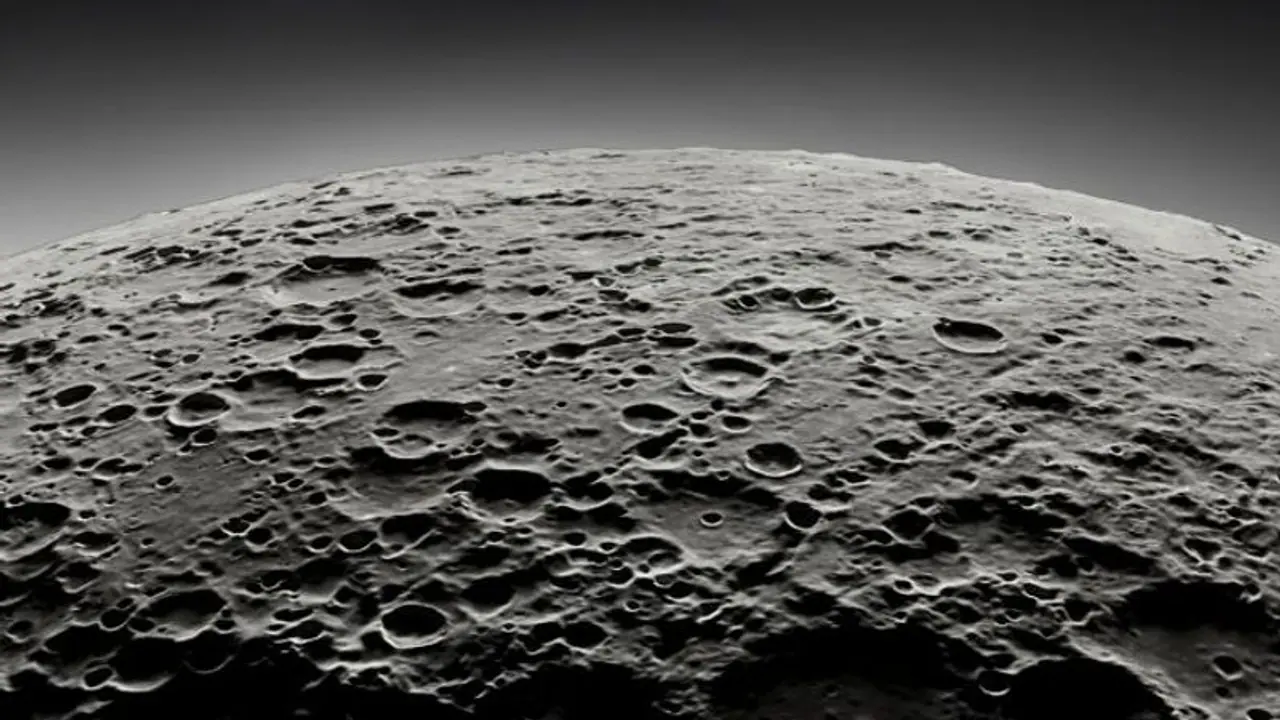The presence of sulphur, typically associated with volcanic processes, suggests the possibility of volatile compounds like water ice being preserved in those areas, given that sulphur and water are often interconnected in geological processes, Girish Linganna explains
The Indian Space Research Organisation had on Tuesday reported that the Chandrayaan-3 rover had identified Sulphur and numerous other elements in the vicinity of the moon's southern pole. The presence of Sulphur, typically associated with volcanic processes, on the moon offers valuable insights into the formation and evolutionary history of Earth's natural satellite.

The identification of Sulphur in the southern pole region of the Moon holds particular importance due to the rarity of this element in lunar contexts. This finding gains significance as it potentially hints at the existence of water ice. Water ice is believed to be confined within the perpetually shadowed craters found in the South Pole region.
The presence of Sulphur, typically associated with volcanic processes, suggests the possibility of volatile compounds like water ice being preserved in those areas, given that Sulphur and water are often interconnected in geological processes.
This connection between Sulphur confirmation and the potential presence of water ice expands our understanding of lunar composition and its history. The in-situ ( on-site) measurements taken directly at the location provide clear confirmation of the presence of Sulphur (S) in the area. This was not feasible using the instruments onboard the Orbiter of Chandrayaan-2.
The rover's tool used strong laser pulses to study materials by making them super hot and creating a small, hot plasma on their surface. This helped scientists understand what the materials were made of.
The light produced by the plasma is collected and separated into different colours, which is then detected by devices called Charge Coupled Devices (CCDs). Each element emits a unique set of wavelengths or colours of light when it's in a plasma state.
By analyzing the wavelengths or colours of the light, we can determine what elements are present in the material.
Following a successful touchdown in previously unexplored regions of the moon, the Pragyan rover has descended from the lander's ramp and commenced gathering valuable data.
In addition to its primary objective of searching for potential frozen water reserves, which could be beneficial for future astronaut missions, the rover's equipment will also examine the moon's atmosphere and study seismic activity.
The information gathered by ISRO from Chandrayaan-3 requires processing and analysis for a deeper understanding.
ISRO's current efforts involve providing insights into the ongoing lunar experiments and the functionalities of different instruments. The Physical Research Laboratory in Ahmedabad, which has played a key role in the Chandrayaan-3 mission, explains that this includes activities like the ChaSTE (Chandra’s Surface Thermophysical Experiment) developed for the lander module.
As an illustration, the information shared on Sunday regarding surface temperatures represents only a limited glimpse of the continuous readings gathered by the ChaSTE instrument. These values are expected to vary over time. The instruments carried by Chandrayaan-3 are amassing a vast volume of data, conducting numerous observations, and simultaneously conducting multiple experiments.
The equipment present on Chandrayaan-3 is acquiring a substantial volume of data, conducting multiple observations, and executing numerous experiments concurrently. This data is being transmitted to ground stations. After the mission concludes, experts in respective fields will meticulously examine this data. Only then will we be able to identify any novel or enlightening discoveries resulting from the mission.
